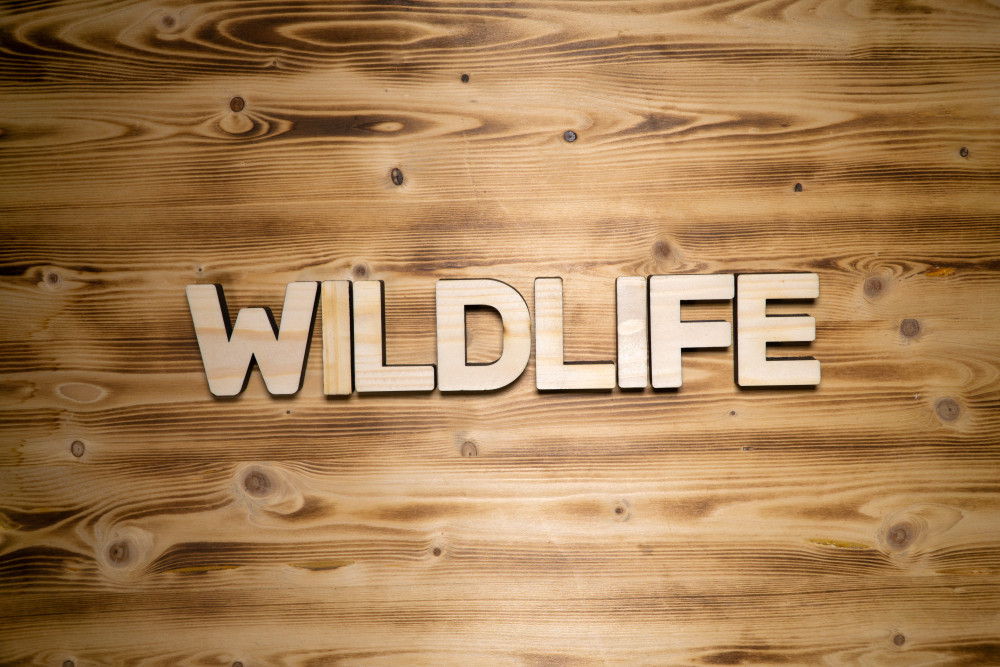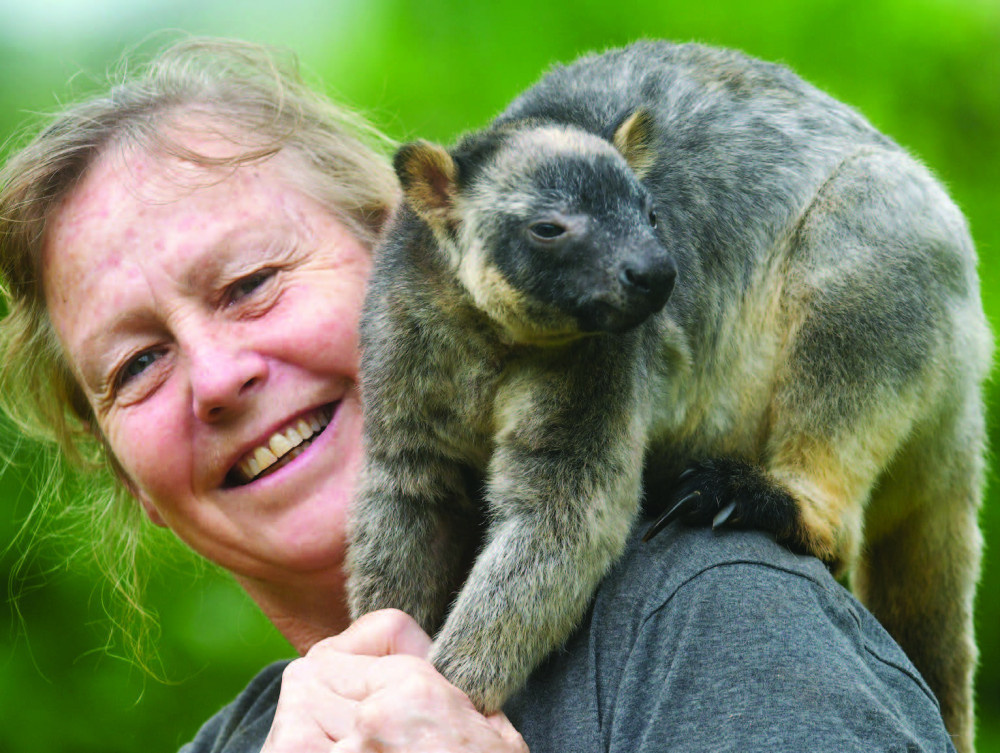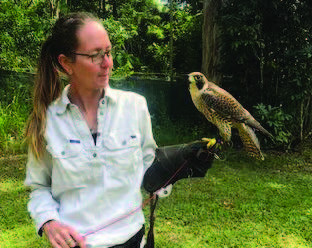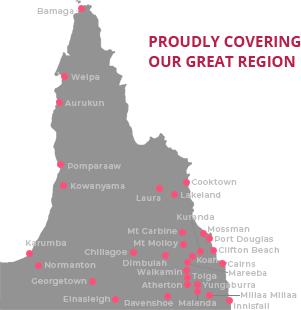Community & Business
9 February, 2022
Wildlife warriors of the Tablelands
The Tablelands is home to many unique species of wildlife dotted across the area, with several different dedicated wildlife refuges and passionate carers. In this special two-part series Express Journalist Rhys Thomas will shine a light on four different wildlife carers in the region, what work they do and why it is important.

Tree roos benefit from world expert’s care
UNBEKNOWNST to many, one of the world’s leading experts on tree kangaroos resides just outside of Malanda, caring for and rehabilitating Lumholtz tree kangaroos only native to the Tablelands.
Dr Karen Coombes has been studying and caring for Lumholtz Tree Kangaroos since she initially moved to the area from Darwin in 1998.
“I used to be the collections manager of the museum in Darwin and when I left my collegue said, ‘what are you going to get a conservation job’ and if I couldn’t get a job, I jokingly said I would study tree kangaroos in my backyard,” Dr Coombes said.
“It ended up coming true, so not long after we moved here, we got straight onto the local rescue group and started caring for tree kangaroos.”
Dr Coombes was then persuaded into completing a PHD, studying the ecology and habitat use of Lumholtz tree kangaroos.
“I was only the third person to study Lumholtz tree kangaroos, and I think at this stage I still am the only Australian to do a PHD on them,” she said.
Some people have even claimed that Dr Coombes is the world’s leading expert on Lumholtz tree kangaroos, even if she won’t admit it.
While studying for her PHD from 2000 to 2005 Dr Coombes and her husband started rescuing a few tree kangaroos a year which essentially kicked off the rescue known today.
It wasn’t until 2012 that the Tree Roo Rescue and Conservation Centre became a not-for-profit organisation and people were able to make donations.
Unfortunately, the leading killer for tree kangaroos is vehicle strikes and dog attacks during the day, unlike what people think tree kangaroos are diurnal, not nocturnal, meaning they are most active during the day.

Raptor focus for regional refuge
NESTING in the sleepy town of Julatten is Wildlife & Raptor Care Queensland Inc. (WARCQ), one of the newest additions to the region’s growing wildlife warriors, specialising in raptors (birds of prey).
Established just two years ago in 2020, the not-for-profit charity focuses on wildlife rescue and rehabilitation for a range of Australia’s winged predators.
The WARCQ facility comprises of a purpose- built 15 metre care and flight aviaries for raptors, as well as a treatment clinic and other support services, making it the largest facility for raptors north of Townsville.
From wedge tailed eagles to frogmouth owls to peregrine falcons the sanctuary uses its facilities to triage injured raptors from primary care all the way up to release.
While the rescue, rehabilitation and release of raptors is the purpose of WARCQ, educating and informing the community is also a high priority.
“Our not-for-profit organisation is motivated to get the community involved in understanding and to educate the values of conservation whilst providing a service to save our endemic wildlife,” WARCQ president Amber Dahlberg said.
“We have volunteers who are passionate, some of which are experienced or are willing to learn about various aspects of wildlife rehabilitation.
“This year we had two car strikes involving a Lesser sooty owl and an Australian kestrel being caught up in the grills of vehicles and travelling distance before rescue, both recovered fully from severe injuries and released back into their original territories.”
WARCQ hopes to set and improve raptor rehabilitation standards in Queensland, leading the way for better outcomes for Australia’s native raptors, positive recovery and the betterment of conservation goals.



